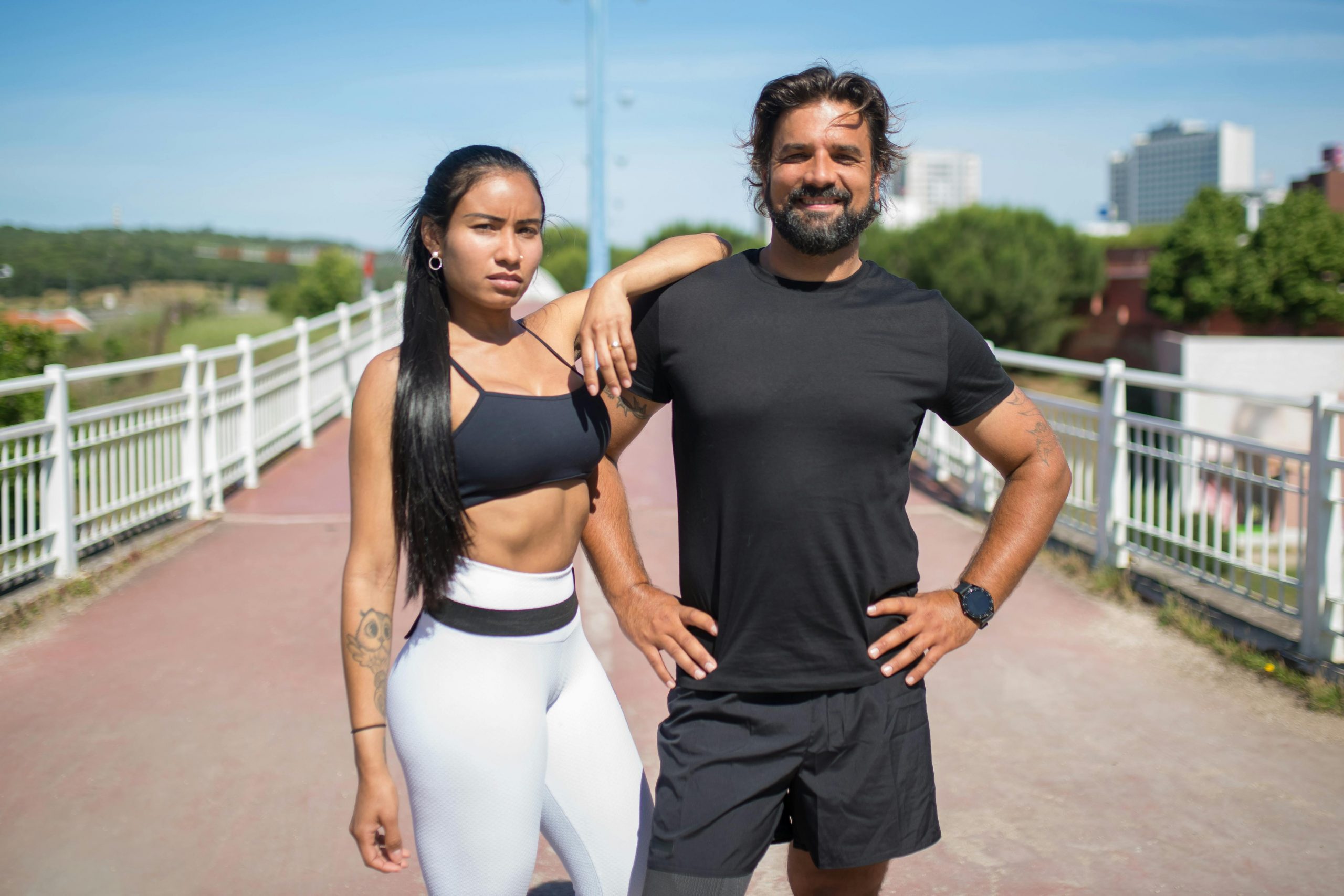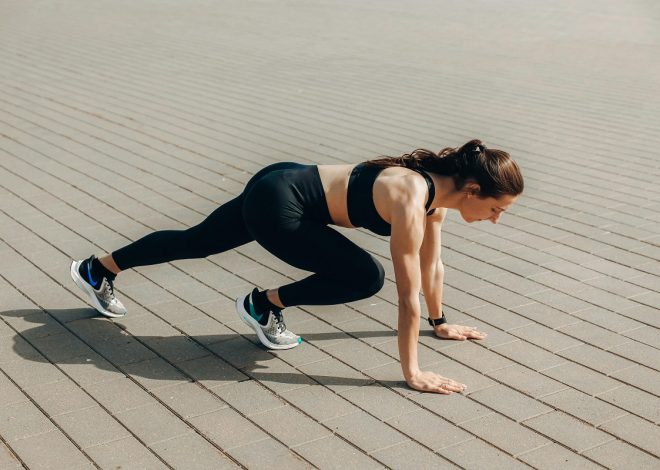
What Do Flutter Kicks Work? Targeted Muscles and Core Strength Benefits

When you think of ab exercises, moves like crunches or sit-ups probably come to mind first. But there’s one exercise that often flies under the radar despite its effectiveness: the flutter kick. Simple yet powerful, flutter kicks can target multiple muscle groups, particularly your lower abs, while also engaging your core for improved strength and stability.
So, what do flutter kicks work, and why should you add them to your routine? Let’s break it down.
What Are Flutter Kicks?
Flutter kicks are a bodyweight exercise where you lie on your back and perform small, rapid scissor-like movements with your legs. The motion mimics a swimming flutter kick, hence the name. This exercise may look easy, but after just a few seconds, you’ll feel a serious burn in your abs.
How to do flutter kicks properly:
-
- Lie flat on your back with your hands under your glutes or at your sides.
- Lift your legs about 6–12 inches off the ground.
- Keep your legs straight and alternate kicking them up and down in a controlled manner.
- Engage your core and avoid arching your back.
- Continue for 20–30 seconds or as long as you can maintain proper form.
Which Do Flutter Kicks Work?
Flutter kicks are more than just a simple ab move—they’re a multi-muscle exercise that challenges your entire midsection and lower body. Unlike isolated ab exercises that focus on a single area, flutter kicks recruit several muscles simultaneously, giving you a comprehensive workout. Here’s a closer look at the primary muscles engaged during this movement:
1. Lower Abdominals (Rectus Abdominis – Lower Portion)
The rectus abdominis is the muscle responsible for the “six-pack” look, and flutter kicks specifically emphasize the lower portion. This area is notoriously difficult to target because many standard ab exercises, like crunches, primarily hit the upper abs. During flutter kicks, the lower abs remain activated to keep your legs elevated, making this move highly effective for toning and strengthening the lower belly.
2. Hip Flexors (Iliopsoas and Surrounding Muscles)
Located at the front of your hips, the hip flexors are heavily engaged as they lift and stabilize your legs with each kick. These muscles play a crucial role in walking, running, and other lower-body movements. By working them through flutter kicks, you improve not only strength but also mobility and flexibility in your hips.
3. Obliques (Internal and External)
Your obliques, the muscles running along the sides of your abdomen, are also engaged during flutter kicks. Although they are not the primary movers, they work to stabilize your torso and prevent unwanted twisting or rocking while your legs are in motion. This stabilization improves your overall core control and helps build a more balanced midsection.
4. Lower Back (Erector Spinae)
While flutter kicks are mainly an abdominal exercise, your lower back muscles—particularly the erector spinae—assist by supporting the spine and maintaining proper alignment. This engagement is subtle but important, as it prevents excessive strain and helps develop a strong back to complement your abs.
5. Thigh Muscles (Quadriceps and Hamstrings)
Although the thighs aren’t the primary target, the quadriceps (front thigh muscles) and sometimes the hamstrings (back thigh muscles) contribute to controlling the up-and-down leg movements. This added engagement gives your legs a light workout while helping to maintain proper form and fluid kicking motion.
By hitting these muscles simultaneously, flutter kicks do more than tone—they build a stronger, more resilient core that supports everything from posture to athletic performance.
How Do Flutter Kicks Improve Core Strength?
When fitness experts talk about core strength, they don’t just mean visible abs. The core includes deep stabilizing muscles like the transverse abdominis, which play a crucial role in posture, balance, and injury prevention.
Flutter kicks strengthen these muscles by:
- Requiring constant engagement: Your abs must stay tight throughout the exercise to keep your legs elevated.
- Improving endurance: Holding the position works your core isometrically while the kicking motion adds a dynamic challenge.
- Enhancing stability: A strong core supports your lower back and pelvis, reducing the risk of strain during daily movements or workouts.
Are Flutter Kicks Good for Lower Abs?
Yes! One of the standout benefits of flutter kicks is how effectively they target the lower abdominal region. Many people struggle to engage this area because it’s often neglected in traditional ab workouts. Flutter kicks are considered one of the most effective lower ab workouts because they keep your lower abs activated throughout the entire movement, making them a top choice for anyone wanting a more defined lower midsection.
What Are the Benefits of Adding Flutter Kicks to Your Routine?

If you’re still wondering whether flutter kicks are worth your time, here are some benefits you’ll enjoy:
- Better Core Strength: Builds a solid foundation for other exercises and everyday activities.
- Lower Body Toning: Engages hip flexors and thighs along with the abs.
- Improved Posture: Strengthening your core helps you stand taller and reduces back pain.
- No Equipment Needed: You can do them anywhere—at home, at the gym, or even while traveling.
- Calorie Burn: While not as intense as cardio, flutter kicks still raise your heart rate slightly, contributing to overall calorie expenditure.
How to Make Flutter Kicks More Effective
To get the most out of flutter kicks, it’s essential to maintain proper form and progression. Here are some tips:
- Keep Your Lower Back Flat: Avoid letting your back arch, which can lead to strain.
- Engage Your Core: Tighten your abs throughout the exercise.
- Start Slow: Focus on small, controlled kicks rather than speed.
- Increase Duration Gradually: Begin with 15–20 seconds and work up to longer intervals.
- Pair with Other Core Exercises: Combine flutter kicks with planks, leg raises, or mountain climbers for a complete ab workout.
Variations of Flutter Kicks to Try
Want to mix things up? Try these variations to keep challenging your muscles:
- Weighted Flutter Kicks: Hold a small dumbbell or medicine ball over your chest to increase difficulty.
- Incline Flutter Kicks: Perform the kicks while lying on an incline bench to target your abs from a different angle.
- Flutter Kicks with Resistance Bands: Place a band around your ankles to add extra resistance.
- Slow-Mo Flutter Kicks: Move your legs slowly to increase time under tension and intensify the burn.
Are Flutter Kicks Good for Everyone?
Flutter kicks are generally safe for most people, but they may not be ideal if you have lower back issues or weak hip flexors. Always listen to your body, and if you feel pain (not just muscle fatigue), stop and reassess your form. You might also consider modifying the exercise by keeping one foot on the floor at a time until your core strength improves.
How Often Should You Do Flutter Kicks?
For best results, include flutter kicks in your routine 2–3 times per week. You can do them as part of an ab circuit, at the end of your workout, or even as a quick standalone core session. Consistency is key when it comes to building strength and definition.
Final Thoughts: Why Flutter Kicks Deserve a Spot in Your Workout
Flutter kicks may seem like a small movement, but they deliver big benefits. They target multiple muscle groups, especially the lower abs, and contribute to a stronger, more stable core. Plus, they’re easy to incorporate into any fitness routine without needing special equipment.
If you’re serious about improving your core strength and sculpting your midsection, don’t underestimate this simple yet effective move. Start with a few sets, focus on your form, and watch your strength and endurance soar.
Next time you hit the mat, add flutter kicks to your workout—you’ll feel the difference.

